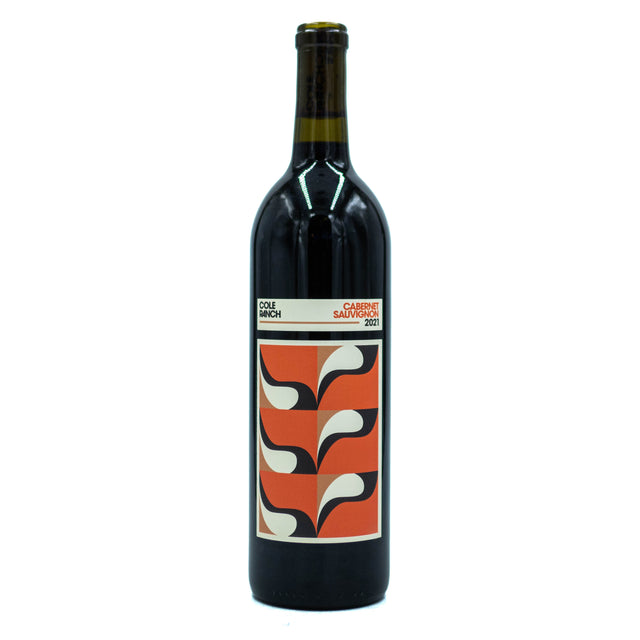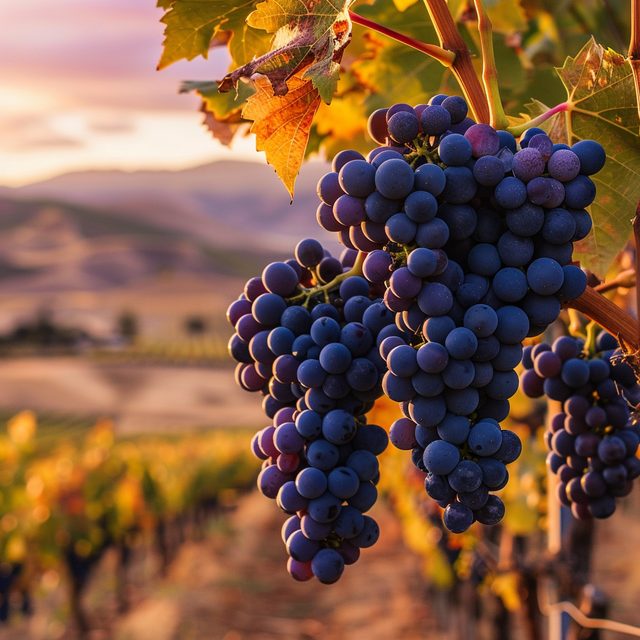This region includes wines labeled "North Coast", which are often blends including Sonoma and Napa counties. This expansive area encompasses established regions like Mendocino and Lake Counties, as well as newer vineyard sites pushing towards the Oregon border. Mendocino County is known for its varied climates, from the Anderson Valley's cool, fog-influenced areas ideal for Pinot Noir and sparkling wine, to warmer inland spots. Lake County, further inland, offers volcanic soils and a warmer climate suitable for Cabernet Sauvignon and other varieties. Beyond these, even more northerly locations are being explored for their unique terroir, contributing to the evolving identity of California's northern wine production.
California - North Coast & Far North
Cabernet Sauvignon, originally hailing from Bordeaux, France, has triumphantly spread to become a cornerstone of vineyards worldwide, achieving particular renown in Napa Valley. This versatile grape variety adapts to a broad spectrum of climates, producing full-bodied wines that are rich in black cherry and blackcurrant flavors, with layered complexities of oak and spice. The grape's success in regions like Napa Valley is a testament to its global adaptability, where it benefits from the optimal blend of warm days and cool nights, coupled with diverse soil types, to express a unique balance of power and elegance that pays homage to its Bordeaux origins.
Cabernet Sauvignon
Practicing Organic vineyard farming involves growing grapes using organic methods—avoiding synthetic fertilizers, herbicides, pesticides, and fungicides—but without formal certification. Wineries adopting this approach prioritize environmental health, soil vitality, and biodiversity, using natural practices such as composting, cover cropping, and manual pest control. Many small wineries opt for practicing organic methods rather than pursuing official organic certification, primarily due to the significant cost, paperwork, and time commitment involved in certification processes. As a result, practicing organic is a popular choice among boutique and artisanal producers who remain committed to sustainable agriculture while managing budgetary constraints.





